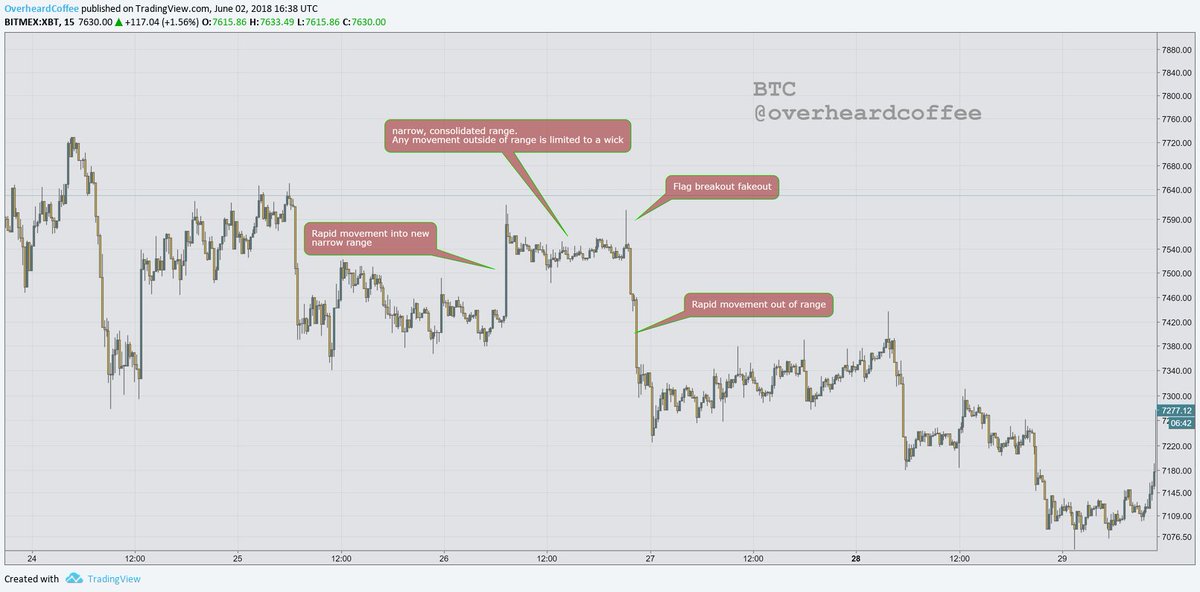In this video, we see:
1a. A piece of technology implemented on Bitcoin
1b. But Bitcoin is limited, it didn't work
2. The same concept, without those restrictions, implemented on Ethereum
Problem 1. Not lite-client friendly. If you want to learn what the state of the Mastercoin protocol is, an immense amount of calculating is needed by lite-clients that make it infeasible.
This is what non-composability looks like. No money legos for Bitcoin (sadface).
1. Bundles transactions using Merkle trees
2. Uses ZKsnarks to reduce size of Txs
3. Without using any off-chain data, so is therefore trustless.
-This is like plasma, but more rudimentary... but also on-chain.
Gas required for an individual ETH-transfer transaction: 21000
Gas required for a ZK-Rollup transaction, per individual: 884
Expands theoretical on-chain transaction throughput from 15 Tx/S to 500 Tx/S (if all blockspace is allocated to ZK-Rollups)
- More complex state transition functions
- Multiple tokens
- Privacy preserving computation
Possible things inside of ZK-Rollups: A mini @Uniswap, for whatever reason. A high-throughput exchange, for whatever reason. ZK-Roll Ups = 1 Money lego.
ZK-ZK-Rollups!
This is really stretching my ability to comprehend this, but basically...
You can use ZK-Snarks to manage transactions that use the data and state transitions inside the Merkle trees inside of a ZK-Rollup. ¯\_(ツ)_/¯
7100 gas per transaction. 1/3 the gas of a normal Ethereum transaction, but now fully privacy preserving, and with access to a more complex state-execution engine. ZK-ZK-Roll Ups = 1 Money lego. That's 2 money-legos so far!
One ZK-ZK-Rollup = 105Kbs
Maxed out, the beacon chain could hold up to 27,000 *programmable* tx/second, *with* privacy
Cryptographic objects / mechanisms are abound, but their implementation will be enabled, or limited by, the base chain they operate on
Z-Cash's ZK-Snarks have also made the migration...
It's because he's finding the right solutions! What a silly thing to criticize, when he's putting forth viable solutions to the hard problems of crypto.
1. Maximizing for enabling complexity: putting all features into the same design space, and enabling composability between them.
2. Maximizing for simplicity: reducing the chain to a minimal set of functions, while trusting that other layers will recreate the functionality pushed out of the main chain.
However, this lacks composability, as all functions are executed siloed from eachother.
This is one of many examples of a theoretical cryptographic mechanism that found it's death on other chains, only to find a home on Ethereum







